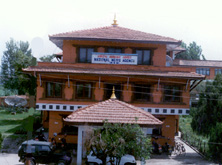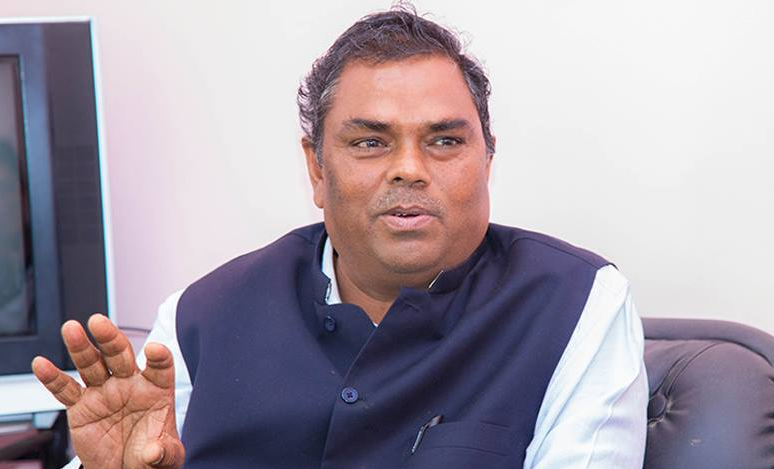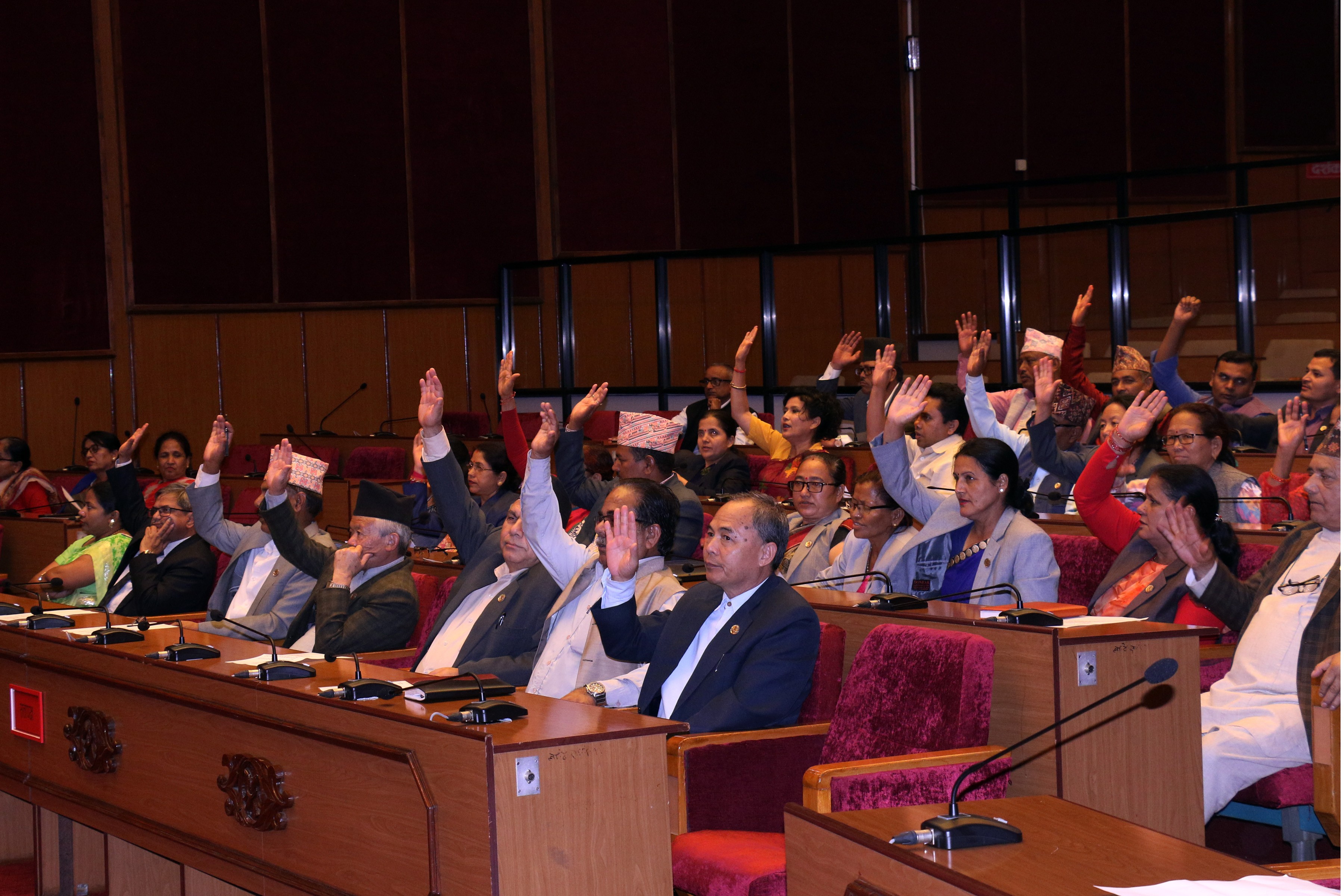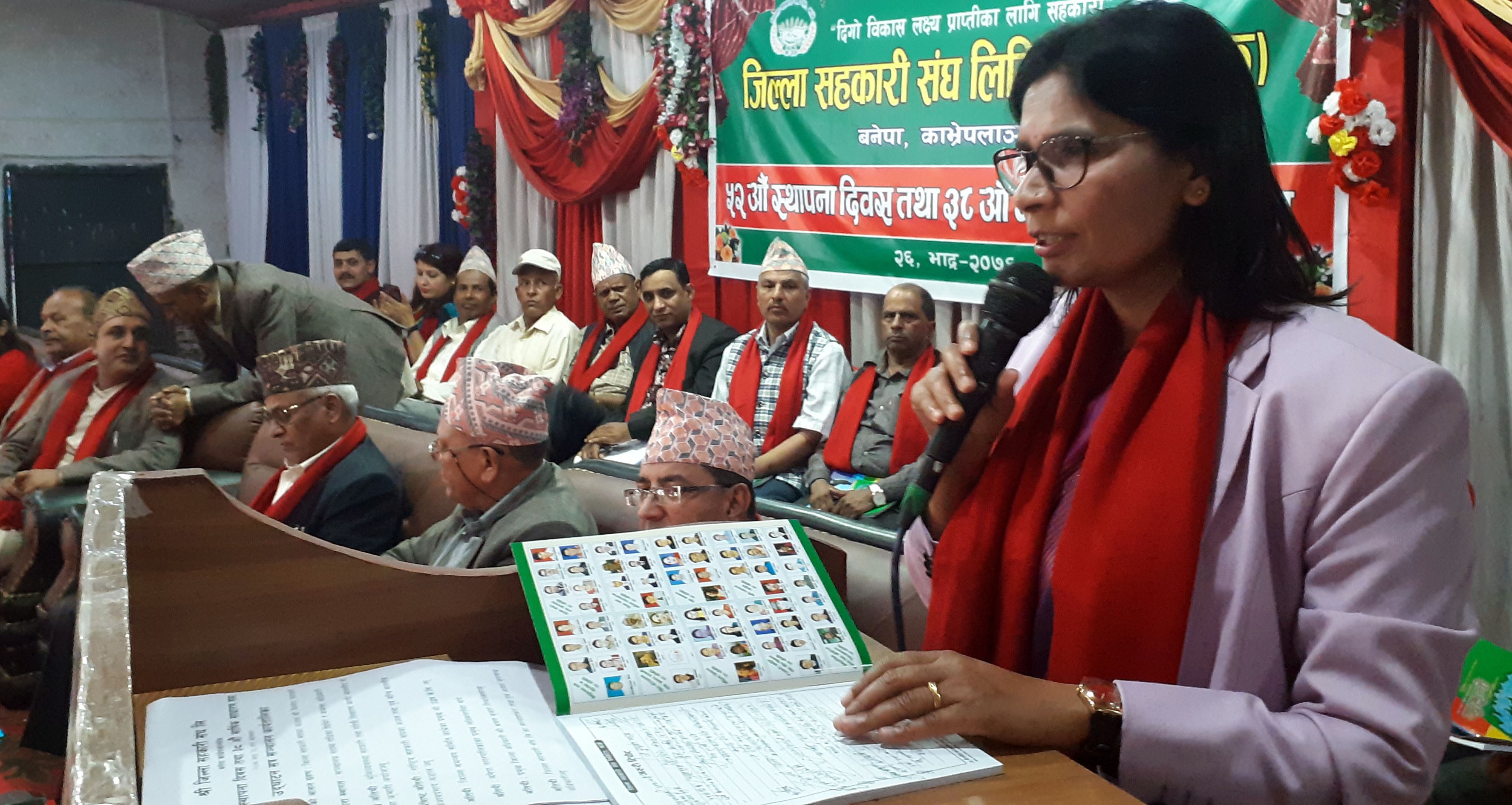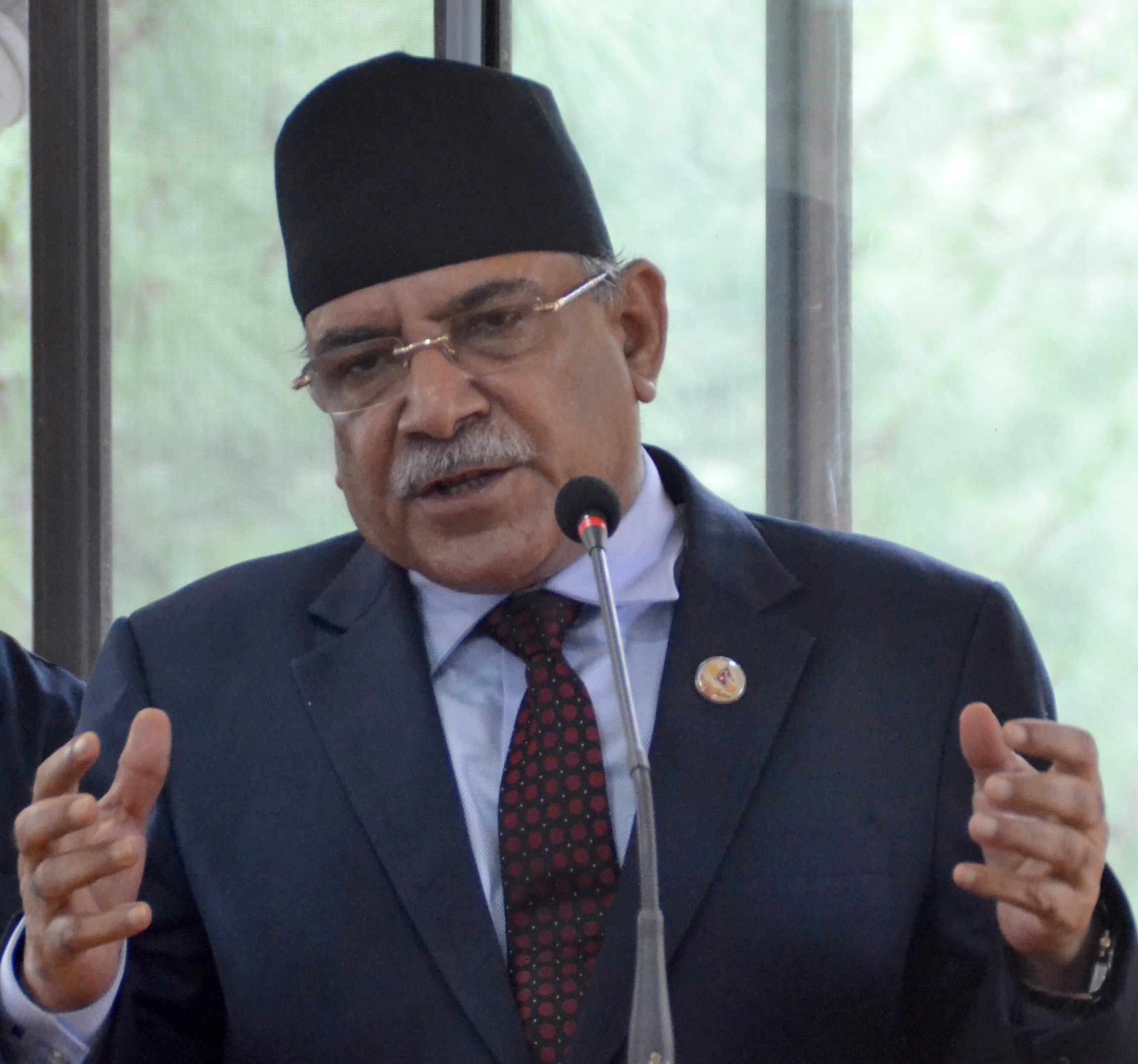Power transmission lines under MCC grant
Land acquisition, use of forest area could be an issue

By Ramesh Lamsal, Kathmandu, March 1: The problem with the construction of electricity transmission lines in Nepal is that the construction of a single transmission line alone is becoming a complex project.
Given such a scenario, it will require hard efforts to take the works on construction of transmission line to be done under the US aid Millennium Challenge Corporation (MCC) compact to a conclusion within a period of five years itself.
The 312 kilometres transmission line to be constructed under the MCC would be of 400 kV capacity. Eight hundred and fifty-six towers would have to be constructed for it. The transmission line will pass through 92 Wards of 30 municipalities in 10 districts. It could be yet another challenge to construct the structure taking the locals of all these local levels into confidence.
The transmission line will connect Nepal to India. This infrastructure will support the construction of the inter-country transmission line to be constructed through the joint investment of Nepal and India. The inter-country transmission line runs from Butwal of Nepal to Gorakhpur, India.
The Nepal-India Energy Secretary-level meeting held on February 23 and 24 has agreed to establish a joint company by coming April for the construction of the transmission line. The transmission line will cover 20 kilometres on the Nepal side and 120 kilometres towards the India side. A 400-kV substation is also to be constructed at the very place where the Nepal Electricity Authority (NEA) sub-station currently stands. The plan of constructing a hub station in Butwal was already brought long before this by the Transmission Grid Company as per its master plan.
The Millennium Challenge Account (MCA) Nepal's executive director Khadga Bahadur Bista says three new 'indoor gas-insulated sub-stations of 400 kV capacity would be constructed under the 312-kilometre double-circuit transmission line to be built with MCC aid. Accordingly, a sub-station each would be constructed at Ratmate of Belkotgadhi Municipality in Nuwakot district, at Damauli of Tanahu district and at Bhumahi of Nawalparasi Paschim district. The transmission line related to MCC would be connected to the sub-station based at Lapsiphedi of Kathmandu and the sub-station at Hetauda of Makawanpur.
These transmission lines will be important in terms of facilitating smooth and easy power supply to the Kathmandu Valley, Hetauda, Narayangadh, Butwal, Dang and Pokhara. The double-circuit transmission line of a total 400-kilo Volts capacity can easily facilitate the import and export of nearly 3,000 megawatts of power. These will contribute to increasing the electricity consumption in the urban areas and decreasing the import of petroleum products spending the foreign currency.
MCA Nepal's executive director Bista said a transmission line would be constructed from Lapsiphedi to the northeast of Kathmandu up to Ratmate of Nuwakot while another transmission line would be constructed from Ratmate to Hetauda. The next transmission line will be constructed from Ratmate to Damauli. NEA is presently constructing the Hetauda-Dhalkebar-Inaruwa transmission line. The transmission line originating from Ratmate connects to this transmission line.
NEA is of the understanding that this will facilitate importing power from the east. An 80-kilometre transmission line will run from Damauli to the New Butwal Sub-station at Nawalparasi in the south. An additional 20-kilometre transmission line of 400 kV capacity would have to be constructed up to the Nepal-India border area from the New Butwal Sub-station.
Nepal and the US governments signed the MCC Compact in 2017. The transmission line will go through Kathmandu, Sindhupalchowk, Chitwan, Tanahu, Palpa, Nawalpur and Parasi the environment impact assessment in the districts to be impacted by the project has been already carried out. Now land acquisition and permission to use forest land are awaited.
According to executive director Bista, the land acquisition seems the most challenging step to proceed to the project implementation. It is time-consuming as well. Other works are expected to go side by side.
As per the agreement, Nepal will receive around 500 million (around Rs 600 billion) US aid within the next five years of the commencement of the project works.
Some aid amount (52 million US dollars) will be spent for the restoration of road sections along the East-West Highway.
The MCA Nepal tentatively estimates that it will cost around Rs 8 billion to provide compensations for the acquired land and Rs 1.5 billion has been already distributed at Ratmate of Nuwakot where the project will have its substation. Likewise, the project requires the removals of some 217,000 trees for its implementation.
Time suggests the cooperative roles among the government bodies, project-affected community and other bodies concerned to conclude the project within the deadline.
Recent News

Do not make expressions casting dout on election: EC
14 Apr, 2022
CM Bhatta says may New Year 2079 BS inspire positive thinking
14 Apr, 2022
Three new cases, 44 recoveries in 24 hours
14 Apr, 2022
689 climbers of 84 teams so far acquire permits for climbing various peaks this spring season
14 Apr, 2022
How the rising cost of living crisis is impacting Nepal
14 Apr, 2022
US military confirms an interstellar meteor collided with Earth
14 Apr, 2022
Valneva Covid vaccine approved for use in UK
14 Apr, 2022
Chair Prachanda highlights need of unity among Maoist, Communist forces
14 Apr, 2022
Ranbir Kapoor and Alia Bhatt: Bollywood toasts star couple on wedding
14 Apr, 2022
President Bhandari confers decorations (Photo Feature)
14 Apr, 2022
